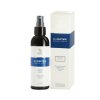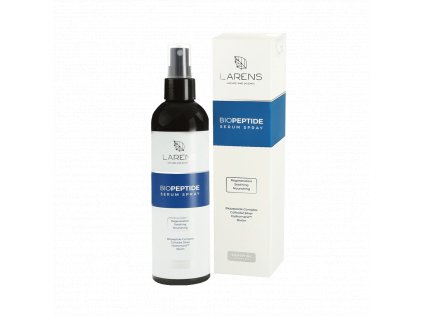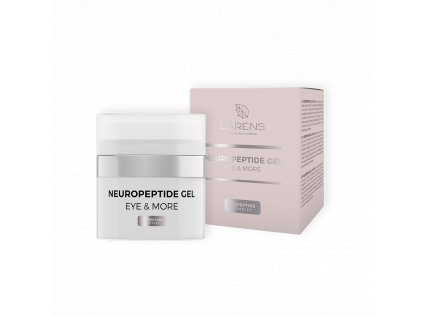Pigment spots
Pigment stains and their solution are a quite often discussed topic. How are they created?
Melanin - the skin pigment in the skin, together with its thickness, blood supply and excess sebum, conditions the skin's coloring. Our skin produces melanin, which is a protective pigment against UV rays, smoke, and air. We know two types of melanin.
Eumelanin or true melanin - has a black or brown color and appears in people with dark skin.
Phaeomelanin or red melanin-found in people of fair skin or in people with red hair. This melanin does not protect against UV rays.
The natural skin color is determined by the ratio of true and red melanin. With increased melanin production, dark spots appear on the skin - pigment spots.
Types of pigment spots
Pigment spots are caused by various factors. The most common ones include:
Longer stay in the sun - UV radiation stimulates skin cell pigmentation. Excessive sun exposure results in increased production of melanin, small oval pigment spots gradually begin to form. Scarring, skin irritation - e.g. hypersensitivity to light, some smells, burns, etc.
Aging - the so-called age spots affect up to 90% of people over the age of 50, it does not depend on skin type. Pigment spots in this case tend to be found in places that have been exposed to sunlight
Hormonal changes – e.g. during pregnancy or when using hormonal contraceptives, pigment spots are formed suddenly, but completely disappear after the normal level of hormones is restored.
Heredity – this type of spots tends to appear from the third year of life
A beautician or an expert at a dermatology clinic can help you. However, you can try gel with fish collagen and biopeptide complex.
Pigment spots must be monitored. There are a few facts we should be aware of.
Watch your pigmentation spots. Especially their shape, coloring.
Look for irregular borders around the spots.
Pay attention to growing or changing spots.
If you notice that the brown spots have reddened or changed firmness, seek professional medical advice.












